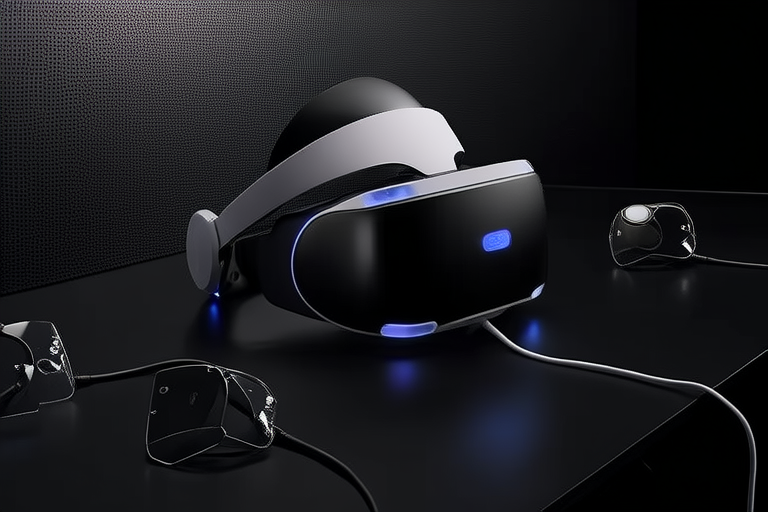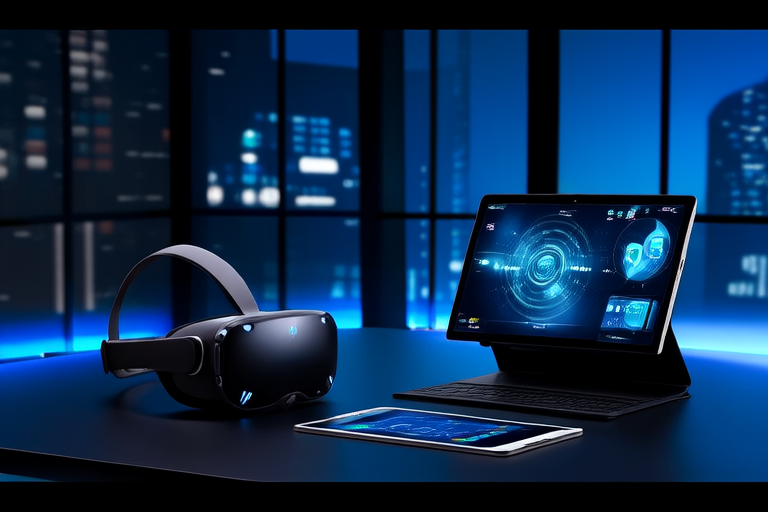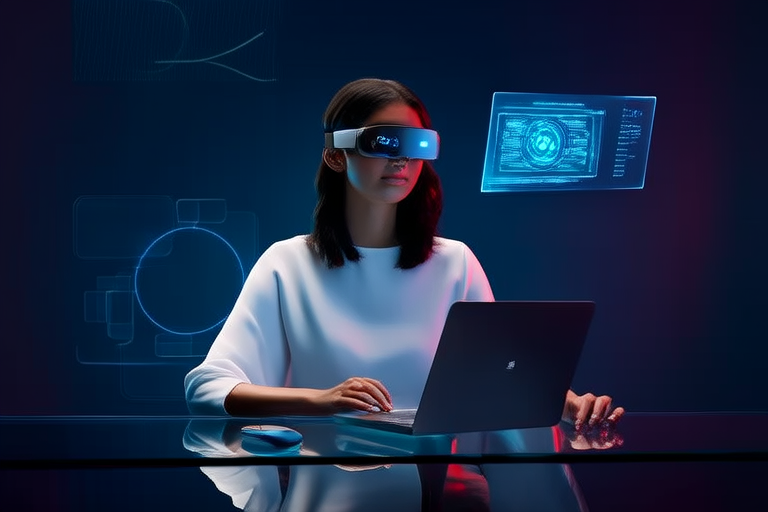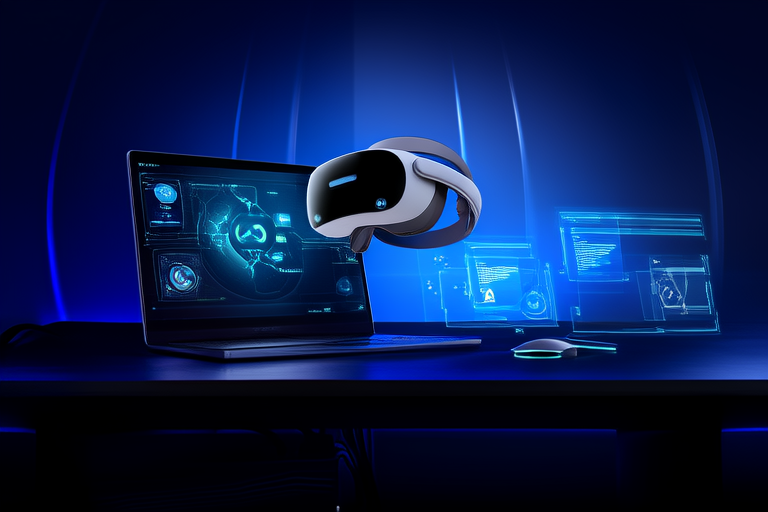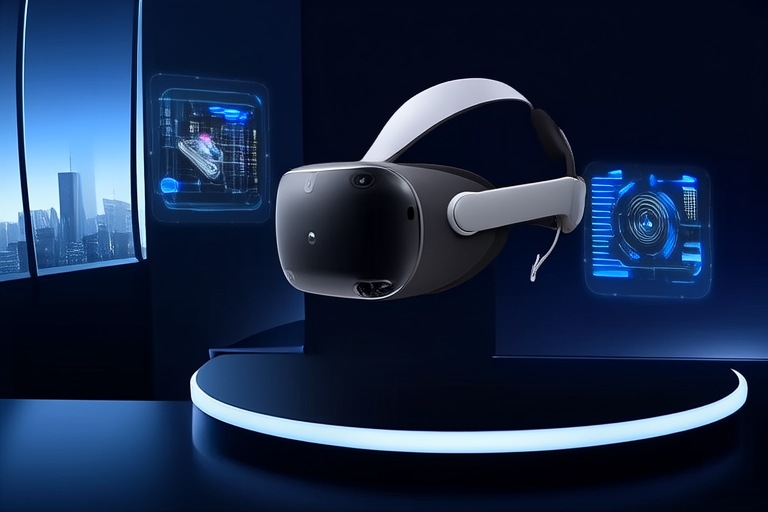Navigating the Virtual Frontier: Innovations in VR and AR Interfaces
Introduction
Virtual Reality (VR) and Augmented Reality (AR) have emerged as transformative technologies, reshaping the way we interact with digital environments. These immersive experiences are not just about entertainment; they offer profound implications across various sectors, from healthcare to education and retail. Central to this transformation is the development of innovative interfaces that enhance user experience and engagement.
This article aims to explore recent advancements in VR and AR interfaces, highlighting key developments, their applications across different industries, and the challenges that lie ahead. We will also speculate on future prospects and the broader societal impacts of these technologies.
Key Developments in VR and AR Interfaces
Haptic Feedback Systems
Haptic feedback has evolved significantly, offering users more immersive experiences by simulating touch sensations. This technology allows users to feel textures, resistance, and other tactile cues, making interactions within VR and AR environments more realistic and engaging.
Gestures Recognition
Advancements in gesture recognition technology have made it possible to control devices and interact with digital content using natural hand movements. This technology is increasingly integrated into everyday devices, enhancing usability and reducing reliance on traditional input methods.
Eyetracking
Improvements in eye-tracking technology have revolutionized interaction within VR and AR environments. By tracking eye movements, these systems can anticipate user intent, optimize rendering, and provide more intuitive navigation, thereby enhancing immersion and reducing cognitive load.
Voice Control
Enhancements in voice control systems have made navigation within VR and AR environments more intuitive. Voice commands allow users to interact with digital content hands-free, providing greater convenience and accessibility.
AI-Powered Personalization
Artificial Intelligence (AI) is being leveraged to personalize user experiences based on individual preferences and behaviors. By analyzing user data, AI algorithms can tailor content, recommendations, and interactions, making VR and AR environments more relevant and engaging.
Applications Across Industries
Healthcare
VR and AR interfaces are transforming medical training, therapy, and patient care. Medical professionals can use VR simulations to practice complex procedures, while patients benefit from immersive therapy sessions that alleviate pain and anxiety. AR applications assist surgeons with real-time visualizations during operations, improving precision and outcomes.
Education
These technologies are revolutionizing learning environments, making education more interactive and accessible. Students can engage with virtual labs, historical reenactments, and interactive simulations, enhancing understanding and retention. AR tools provide students with real-time information overlays, enriching their learning experiences.
Retail
VR and AR are enhancing customer experiences through virtual try-ons and personalized shopping experiences. Retailers use AR to allow customers to visualize products in their homes before purchasing, improving satisfaction and reducing returns. VR stores offer immersive shopping experiences, allowing customers to browse and purchase products in a virtual environment.
Entertainment
VR and AR are changing the landscape of gaming, film, and live events. Gamers can immerse themselves in highly detailed virtual worlds, while moviegoers experience films in interactive, multi-sensory environments. Live events can be streamed in VR, providing fans with immersive front-row experiences from anywhere in the world.
Challenges and Limitations
Despite significant progress, VR and AR interfaces face several challenges. High hardware costs limit accessibility, making these technologies less available to the general public. Potential health concerns, such as motion sickness and eye strain, need to be addressed to ensure long-term usability. Privacy and security challenges arise from the collection of biometric data, necessitating robust safeguards to protect user information.
Future Prospects
The future of VR and AR interfaces holds great promise. Emerging trends include more advanced haptic feedback systems, improved gesture recognition, and enhanced eye-tracking capabilities. As these technologies mature, they will likely become more affordable and accessible, fostering widespread adoption. Societal impacts could range from improved healthcare outcomes to enhanced educational opportunities, while ethical considerations around data privacy and security will require ongoing attention.
Conclusion
In conclusion, VR and AR interfaces are at the forefront of technological innovation, offering exciting possibilities across various industries. By addressing current challenges and continuing to develop cutting-edge solutions, these technologies have the potential to transform our daily lives, providing richer, more immersive experiences. The future looks bright for those navigating the virtual frontier.
